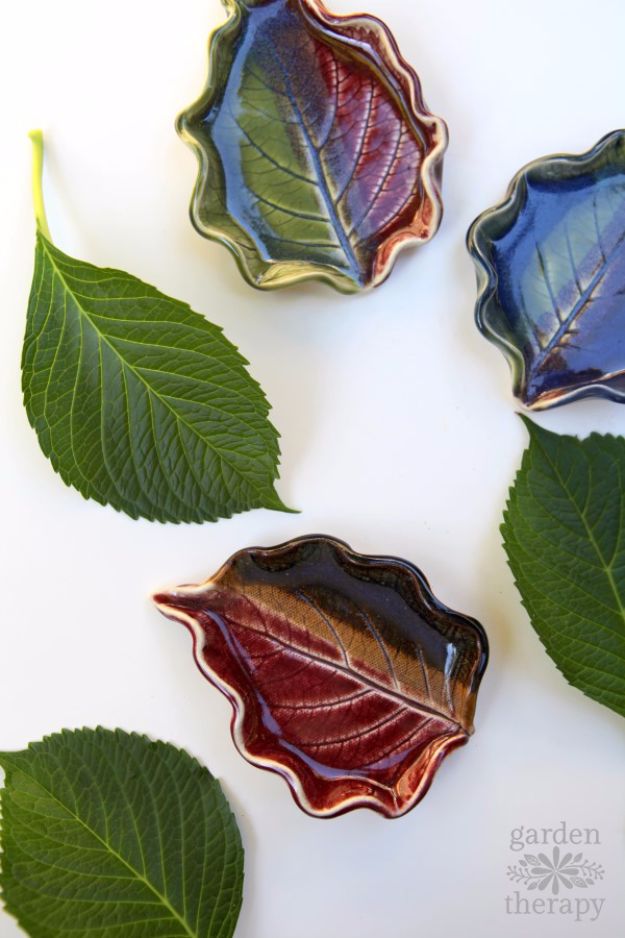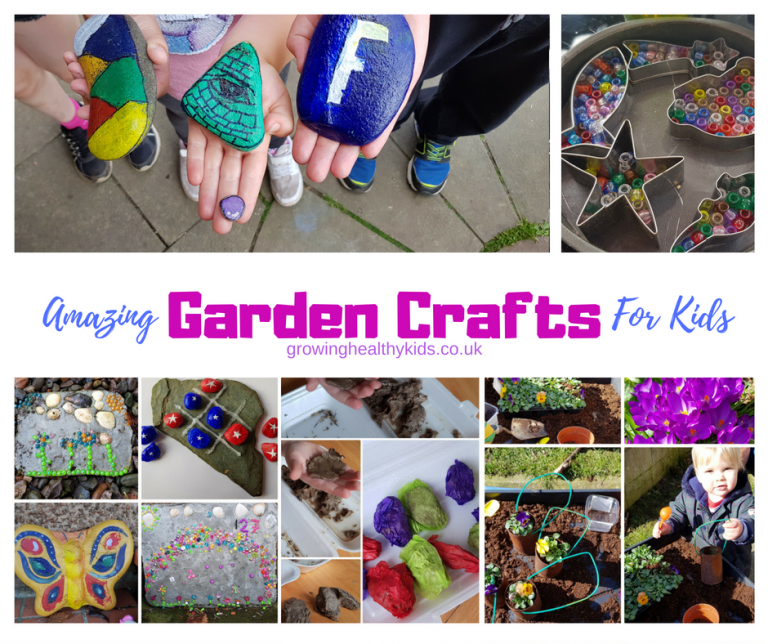
Making a beautiful heart is an easy and inexpensive project for kids. You can use scissors, craft tape, straw, pencil case, and even a necklace to make a heart. A string can be used to tie a heart on a necklace. For a thoughtful gift, include a note inside. You can make many heart-themed crafts for any occasion.
Origami beautiful heart
Origami is a quick way to make beautiful hearts. This heart can easily be made from a single sheet of paper. This paper craft is an excellent way to show love and affection to a loved person. It can also be used for making cards for special occasions like Valentine's Day.
An origami heart is as simple as a piece of paper, scissors, and a pair of scissors. Your heart can be made with A4-sized paper. You can also add a message to the back of your heart. Once you've folded your paper, you can start to glue the piece. You can now fold the next paper piece. Origami beautiful heart paper crafts

Origami heart made with straw
Origami heart are a fun way to show your affection. These simple shapes can be folded quickly. This craft can also be done with strips of paper. Origami hearts are great for gift toppers, party straw toppers and fabric appliques. They are both easy to make and can be used to decorate any occasion. Below are some steps for making this craft. Two pieces of paper are needed and one small straw.
While you can make a single heart out of paper for gifts, you might need to make enough for hanging. For a more blingy look, you can add glitter spray. Beads, rhinestones, and ribbons can also be used to decorate the heart. To hang the finished piece, wrap it with the same rope that you used to make it. You can even use it as a mobile by hanging it from the ceiling.
Origami heart pencil case
A pencil case and an Origami Heart are easy crafts that kids can make. You will need a strip of white paper and a pencil. These heart-shaped gift toppers, straws and fabric appliques can be folded in a few seconds. Hearts are a timeless symbol of love. Three ways to make an origami heart using a pencil box:
To make an origami-looking heart, fold the tips at the outer corners back to the edge. When you are satisfied, tie a knot with ribbon or twine. Origami hearts are a fun and simple gift idea for any occasion. These can be gifted to loved ones or friends. Origami heart are great for school projects, party favors, gift tags, and other purposes.

Necklace with Origami heart
An Origami necklace and heart is the perfect gift for your first anniversary. This delicate necklace with rose gold plating and structure is ideal for everyday wear. This origami-inspired heart necklace comes with a high-quality surgical steel chain. It is perfect for everyday wear. Moreover, the heart-shaped pendant can be engraved on it. You can choose from a variety of sizes so that the necklace is suitable for any age, teen or mature woman.
The Origami heart with necklace kit comes with instructions on how to fold it. You will also find all the materials you need to make the necklace. The pendant is made up of a small heart with a chain loop. You should not wear this necklace while you are sleeping, or if the necklace is too heavy. It is best to not wear the necklace with perfumes or other beauty products. The Origami necklace with heart is shipped via USPS 7-day ground shipping. Shipping rates vary depending on the value of your order and the destination country.
FAQ
Why do we require hobbies?
Hobbies are a vital part of our lives as they allow us to unwind, relax, think creatively and exercise. They also give us the opportunity to socialize, network, and have fun. These hobbies offer us the opportunity to learn new skills, develop valuable lifelong interests, and provide opportunities for us to do both.
Hobbies can help us find meaning and purpose.
They are great for spending your free time when there's not much else.
They are also very entertaining!
If you don't find time for hobbies, it's likely that you don't have enough time for any other activities.
So take a look at all the options available to you. If you don't have a hobby yet, then maybe you should start one today!
What kind of hobbies is best for introverts.
The ability to focus on just one thing is a hallmark of introverts. They are more comfortable with solitary activities, such reading, writing, music, and watching movies.
They also love to spend quiet time by themselves. They are not social creatures and don't want to be around people all day. They are often bored when surrounded in people.
Introverts will often choose hobbies that require them alone. Introverts may love reading books, listening and/or playing music, or painting, drawing, writing poetry and taking photographs.
Many introverts choose to live alone. They can focus on their hobbies and not be distracted by other people.
What are the competitive hobbies?
Competitive sports include running, swimming, cycling, golfing, tennis, etc.
These games are often played by people who enjoy exercise but also offer the opportunity to interact with others.
If your hobby is physical activity, chances are that others share it.
This could mean joining a club, or group that meets regularly to do sports together.
You may also want to play in a team game, where you are playing with others.
These include football (soccer), cricket, rugby, netball, basketball, hockey, baseball, volleyball, badminton, squash, handball, and table tennis.
There are many types competition.
Some competitions exist solely for recreational purposes.
Others are designed for competitors to prove their skill.
And still, others are designed to reward outstanding performance.
In these cases, winners receive prizes.
Other competitions test strength and endurance.
These are known as endurance events.
For example, marathon races, triathlons, Ironman Triathlon, etc.
Before participating in these events, athletes often train hard.
They will follow a strict training program to prepare themselves mentally and physically.
They may also need to spend some time away from home during preparation.
It's important to remember that not all athletes compete in every type of event.
Is it possible making a living as a hobby?
Not necessarily.
But if your passion is to start a business, you might be able to make a lot of money.
Let's say, for instance, you are a passionate cook. You love healthy food, so it was a natural decision to open your own restaurant.
Customers are charged a small fee for organic food made from scratch.
You grow your clientele and eventually you hire employees who can work with you.
You may eventually add vegan dishes and gluten-free options to your menu.
In this scenario, you've created a successful business that has allowed you to live the type of lifestyle you wanted.
But, it doesn't mean your day job must be abandoned.
You could instead run your own restaurant and still hold your 9-5 job.
What is a hobby for kids?
Any activity that kids enjoy as a hobby is something they do outside of the normal routine. They might like to draw pictures, build things, paint, write stories, play with toys, read books, watch TV, listen to music, play computer games, ride bikes, skateboard, swim, climb trees, run around outside, play football, basketball, volleyball, rugby, cricket, baseball, soccer, hockey, dodgeball, rounders, tag, hide and seek, hopscotch, marbles, jump rope, hopscotch and many others.
Many parents worry that their kids will get into trouble when they're free to do what they want. This isn't necessarily true, though. If your child is safe and doesn't cause harm to themselves or anyone else, they won't get into trouble.
It's important to remember that just because they like to do something doesn't mean that they'll always choose to do it. For example, if they love drawing pictures but they hate writing, then they may decide to draw pictures instead of writing.
There are many different hobbies, so it is up to you which one you love the most.
How do I start my new hobby?
The first step toward starting any new hobby is to decide what kind of activity you'd like to pursue.
Passion is essential once you have selected your subject.
It is essential to understand the reasons you want to start a hobby. It will provide you with direction and purpose.
Once you have determined what hobby you wish to pursue, you can plan your next steps.
Think about what equipment you'll need to purchase.
You might need to consider whether you should attend classes or seminars.
Ensure that you have enough space for your hobby.
A club or group might be something you consider. These groups usually offer support and advice.
Finally, think about how much money you would need to spend on your hobby.
Statistics
- A new survey by Pew Research Center of teens ages 13 to 17 finds that 36% of girls feel tense or nervous about their day every day; 23% of boys say the same. (pewresearch.org)
- Much of this decline reflects the fact that teens are less likely to work today than in the past; among employed teens, the amount of time spent working is not much different now than it was around 2005. (pewresearch.org)
- This 100% accurate personality-analyzing hobby quiz discovers your passion based on your characteristics. (quizexpo.com)
- The Role of the Mind in Sex, Dating, and Love: Men in the “humor” condition received phone numbers from 42.9% of the female participants and were refused 57.1% of the time. (time.com)
- Almost 80% of people claim to have no hobby. (hobbylark.com)
External Links
How To
How to begin gardening
Gardening is one form of agriculture that dates back to the beginning. It requires patience, persistence and determination. First, choose a place where you would like to grow food. It could be large land, or just your backyard. Next, pick the type of plants that you would like. Do you prefer vegetables, or flowers? Some people like to grow herbs and others enjoy raising livestock, such as rabbits. Before you decide on what type of crops to plant you need to take into consideration how much space you have. If you live in a climate that experiences cold winters, then you might decide to grow fruits or berries as they do well in colder climates.
After choosing what you want to plant you need to prepare your soil. It is vital that your soil is prepared properly to determine whether or not your plants will thrive. A good soil has organic matter which helps to feed the roots of your plants. Organic matter is made up of leaves, twigs grass clippings, manure and compost. After you have prepared your soil you must add nutrients. You might need different amounts, depending on the species of plants that you want to grow. An online fertilizer calculator can help you calculate these values. Many fertilizers are on offer, so make sure that you know which one you are buying.
Now you need to wait for the seeds to germinate. The process typically takes 2 to 3 weeks depending on the weather conditions and temperature in your area. After seeds have sprouted, water them every day. Problems can arise if you water your plants too frequently or too little. Ensure you give your plants enough water at regular intervals and avoid overwatering. Overwatering your plants can lead to root disease and fungal infections. Consider that plants generally need less water in the warmer months than they do in winter. Some plants must be dried out after being watered. Tomatoes, for example, need to be kept moist but not too wet. Soggy soil is not good for them. After the flowers have stopped, they must go into dormancy. When plants stop producing new growth, they go dormant and start storing energy for next season's harvest. The plant ceases sending signals to its roots to produce food during dormancy. The plant continues to store energy during this time. The plant will eventually die if it is not given enough sunlight or temperatures below freezing.
If you live in an urban environment, you may find yourself limited in the kinds of plants that you can grow. Concrete sidewalks, roads and buildings are common in urban areas. They block sunlight from reaching the ground. Concrete absorbs light, preventing the soil underneath from getting adequate sun exposure. Many plants can't thrive in urban environments because they lack sunlight. Many plants can still thrive in urban settings. Many trees, shrubs and perennials can thrive in urban environments. In addition, many annuals can be grown indoors in containers. Container gardens can be used to grow greenery indoors year-round, no matter what the weather outside.
Now that you have decided where to place your garden, chosen what you will grow, and prepared your soil, you are ready to plant!